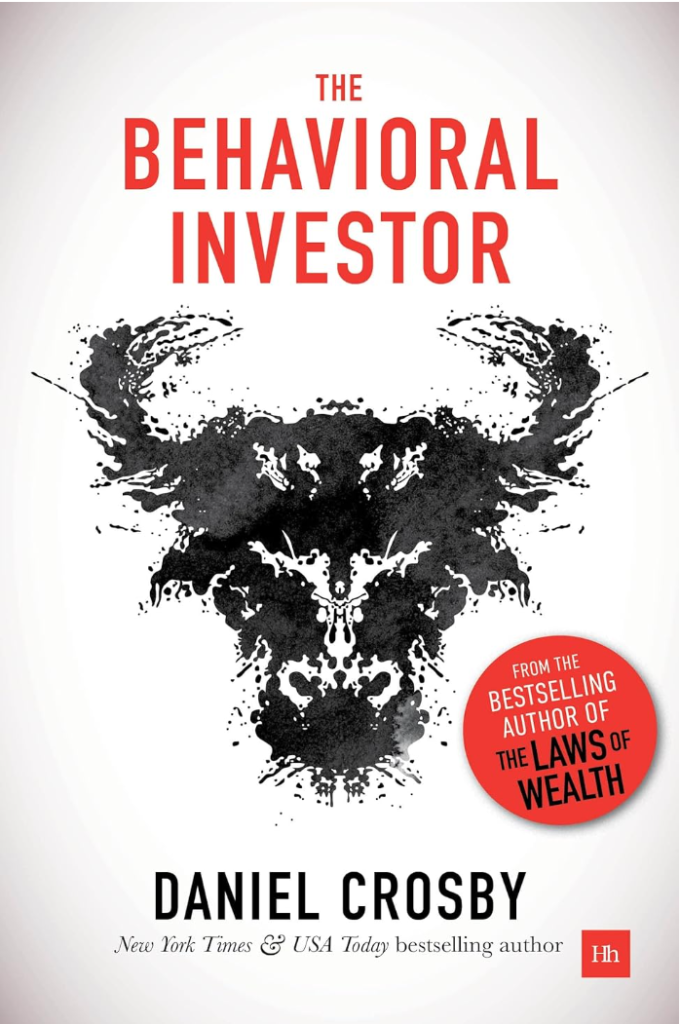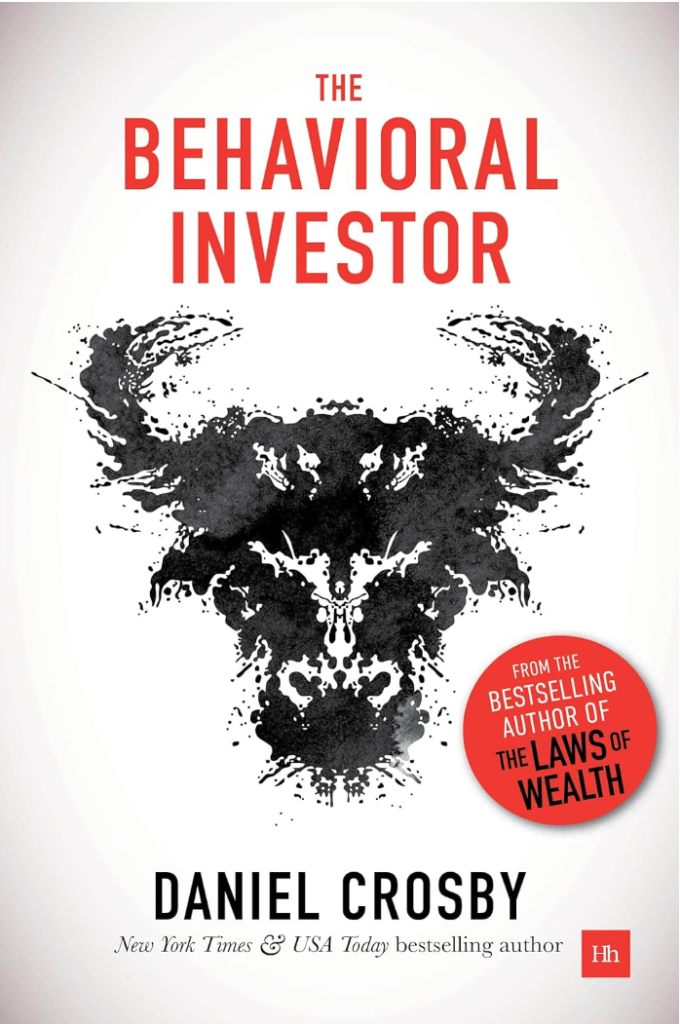The Art and Science of Investment Management
Investing successfully requires a different approach than what is often instinctive. You may feel the need to fit in with the crowd, but true success lies in making independent decisions based on sound reasoning. To navigate the complexities of the market, it’s crucial to recognize the biases that can impact your judgment. By understanding your behavioral tendencies, you can better prepare yourself for the challenges of investing.
This article focuses on key strategies to overcome common behavioral risks that can hinder your investment returns. By mastering these techniques, you can create an effective rule-based investing system that helps you avoid the pitfalls of ego, conservatism, attention bias, and emotional decision-making.

Takeaway Number 1: Recognizing Behavioral Risks
Ego
You may have a natural tendency to believe you are better than others. This mindset can be harmful in investing. Seeking information that backs up your beliefs instead of questioning them leads to poor decisions. Markets don’t care about your ego or provide comfort.
Conservatism
You might find yourself sticking to familiar patterns, even at great cost. This behavior can lead to holding onto losing investments. The temptation to choose the known is strong, but it can hinder your growth as an investor.
Attention
Your focus may often be on stories instead of facts and figures. A gripping narrative can distract you from the reality of the market. During downturns, it can be hard to remember that declines are typical. Media coverage can amplify fear and confusion, making it difficult to think logically.
Emotion
Strong feelings can cloud your judgment while investing. Just as certain stimuli can influence choices in personal situations, emotions like fear and greed can affect your investment behavior. Recognizing these emotional triggers is crucial to maintaining a disciplined approach in the market.
Takeaway Number 2: Handling Behavioral Risks
Strategies to Control Ego
- Spread Your Investments: Don’t put all your money into one place. A sudden change can impact your investment, so diversify your holdings.
- Teach Others: If you believe in your investment choice, explaining it to someone else should be easy. Use this as a test of your confidence.
- Question Your Assumptions: Regularly challenge your main beliefs. If you think a stock is a great buy, think of reasons it might not be.
Addressing Conservatism
- Take a Moment: When making decisions, slow down. This will help you avoid simply choosing the easiest option.
- Create a Rules-Based System: Set up a method for making investment choices. If something goes wrong, blame the system, not yourself.
- Invert Your Thinking: Instead of asking why to invest in a stock, consider why you might not want to. This helps you think critically.
Overcoming Attention Biases
- Focus on Statistics: Remember that the stock market historically averages a return of around 7-8% per year. Don’t react hastily to negative news.
- Keep Things Simple: Sometimes, focusing too much on details can cloud your judgment. Use a straightforward system to guide your decisions.
- Evaluate Impact and Likelihood: Consider not just how likely an event is, but how big the consequences could be. This will aid in making better choices.
Managing Emotions
- Practice Meditation: This helps calm your feelings of fear and greed that often come with investing.
- Automate Your Processes: Use a rules-based approach to reduce emotional decision-making.
- Recognize Your Emotions: Be aware of how you feel. If you’re feeling off—hungry, angry, lonely, or tired—stay away from making investment choices.
Takeaway Number 3: Creating an Effective Rule-Based System
To navigate the challenges of investing, you need a solid plan. A rule-based system can help you make better decisions, especially when emotions and biases try to take over.
- Define Your Criteria: Decide what makes a good investment for you. This could include metrics like earnings growth, price-to-earnings ratios, or market trends. Write these down so you can refer back to them.
- Automate Your Process: Use technology to your advantage. Set up alerts or automated trading based on your established rules. This can help you stick to your strategy without being sidetracked by fear or greed.
- Review and Adjust: Regularly check how well your system is performing. Use this time to make necessary tweaks. Learning from your past decisions can improve your future results.
- Stay Disciplined: Stick to your rules, even when emotions run high. If you feel uncertain, refer back to your criteria. This helps you maintain focus and prevents impulsive decisions.
- Keep It Simple: Avoid overcomplicating your system. A straightforward rule-based approach is usually more effective. Make sure it’s easy to follow and understand.
By implementing these steps, you create a more structured investment approach that minimizes the impact of your biases and emotions. This way, you’re better equipped to face market challenges.
For more book about Business & Money click here
Lern more about THE PSYCHOLOGY OF MONEY (Morgan Housel)

Leave a Reply